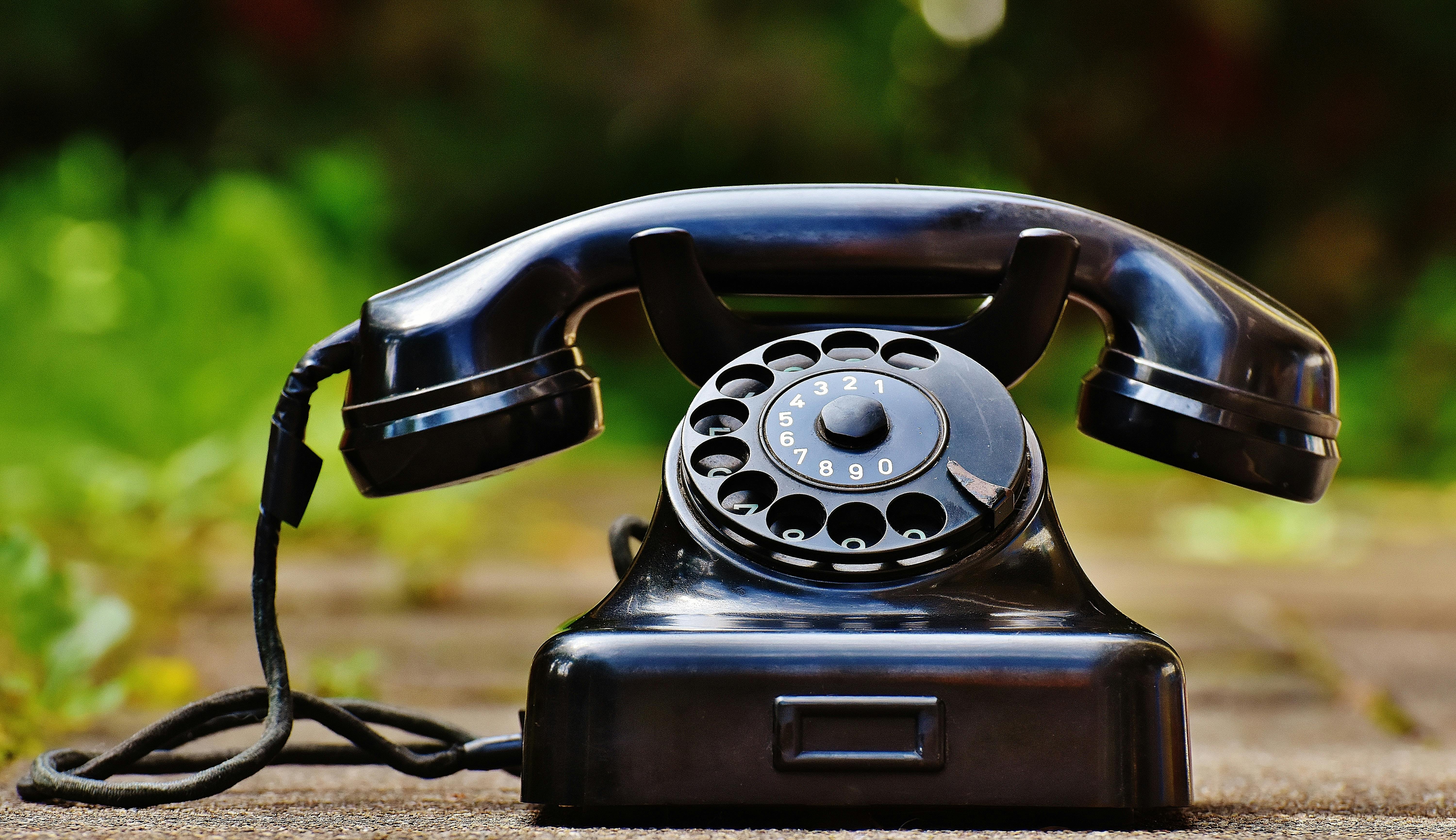In the 2018 film “First Man,” approximately Neil Armstrong’s journey to turning the first human to set foot on the moon, a PC performs a starring function in the dramatic moments before the lunar module touches the surface. Taken immediately from the audio recording of the landing, the scene functions as a blaring alarm from the Apollo Guidance Computer as it manages the descent and forward movement of the spacecraft. Armstrong and pilot Buzz Aldrin document a couple of instances of the alarm, designated 1202, after which some other, 1201. In each instance, Mission Control in Houston tells the astronauts to preserve, and the task is a “go.”
It’s a dramatic second both in actual existence and inside the movie, but it’s additionally a pivotal moment inside the history of computing. The alarm turned into an illustration that a key function of the guidance laptop became doing just what it was designed to do – make a landing on the moon the laptop’s top precedence. While the laptop structures that got people to the moon and again in July 1969 are considered primitive compared to the smartphones we carry in our pockets or the smartwatches we put on our wrists 50 years later, they were super for their time. The software program created for the steering computer systems required new tactics for programming, which might be used nowadays.

“It was the primary time any car that carried humans had submitted itself to being managed by way of a virtual laptop,” said Don Eyles, a computer scientist who, fresh out of college, landed an activity at the Massachusetts Institute of Technology’s Instrumentation Laboratory in 1966. He wrote the steering gadget for the lunar module and wrote approximately his studies in a 2018 ebook, “Sunburst and Luminary: An Apollo Memoir.”
The computers on both the lunar module and the command module have been equal in terms of hardware. Both weighed approximately 70 pounds, were encased in gold-colored cases, and bolted to the walls of their respective spacecraft. Eyles stated that 10 pounds of that weight probably turned into the reminiscence at the computer systems, composed of iron jewelry with wires passing and wrapped around them. Called rope middle memory, it becomes confined to simply 2 kilobytes of reminiscence that would be erased and rewritten, regarded these days as random access memory, or RAM.
Compare that to the 8 gigabytes of silicon-primarily based RAM in Samsung’s contemporary telephone, the Galaxy S10. That cellular device has four million times greater rewritable reminiscence than what became inside the Lunar and Command module’s computer systems. While modern-day computers and smartphones have excessive-decision presentations and might use touch, voice, and keyboards for input, the Apollo guidance computers have been far more rudimentary. Their Display and Keyboard Unit, or DSKY, had an easy numeric keypad, a chain of repute lighting, and a numeric digital display. Commands had been painstakingly typed as a variety of fixtures via the astronauts, including when NASA wanted to modify the code.
In 1971, throughout the Apollo 14 task, Eyles was tasked with writing an alternate within the Lunar Module’s software program after a transfer malfunctioned on the lander. New instructions were bypassed during he transfer, and Eyles had the most effective hours to rewrite the code, or the touchdown could be aborted. According to a Rolling Stone magazine article about the incident, getting into the brand new program concerning typing in 26 units of 5-digit numbers. The code was finished and punched into the computer with 10 minutes to spare.
Multitasking
The software program that ultimately controlled the descent to the moon and different factors of the Apollo 11 flight changed into specific for the time properly. Unlike other PC systems, the Apollo Guidance Computer may want to multitask, something a modern telephone now excels at. It additionally could prioritize obligations that had been given to it.





